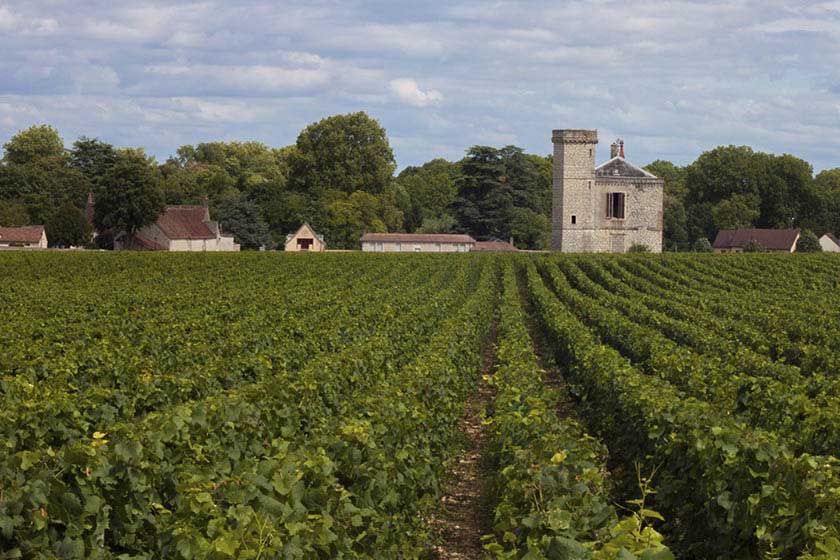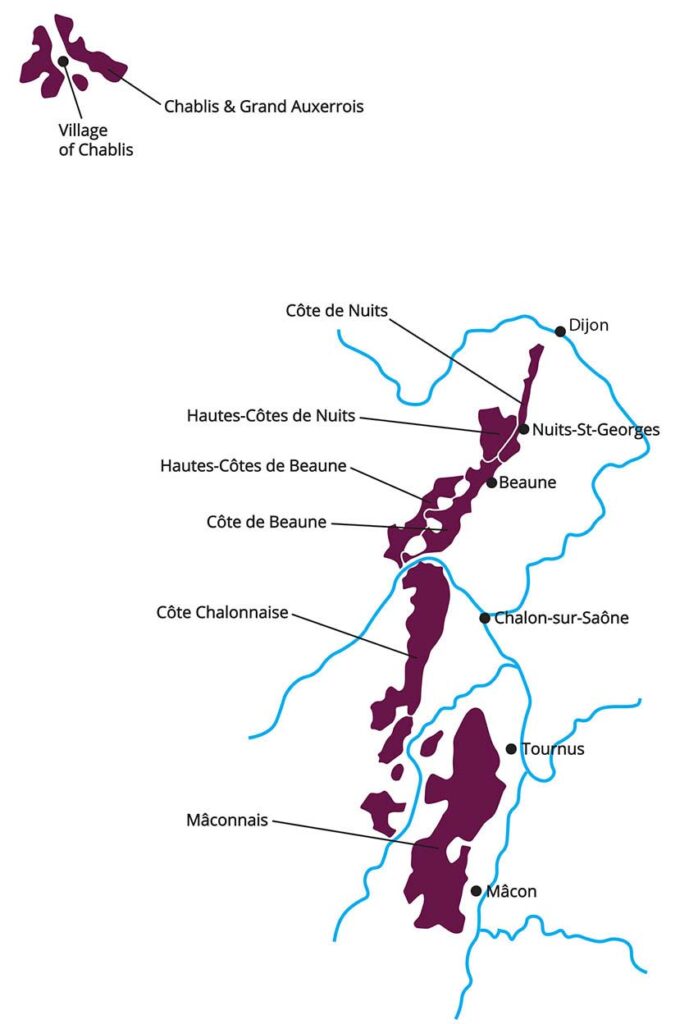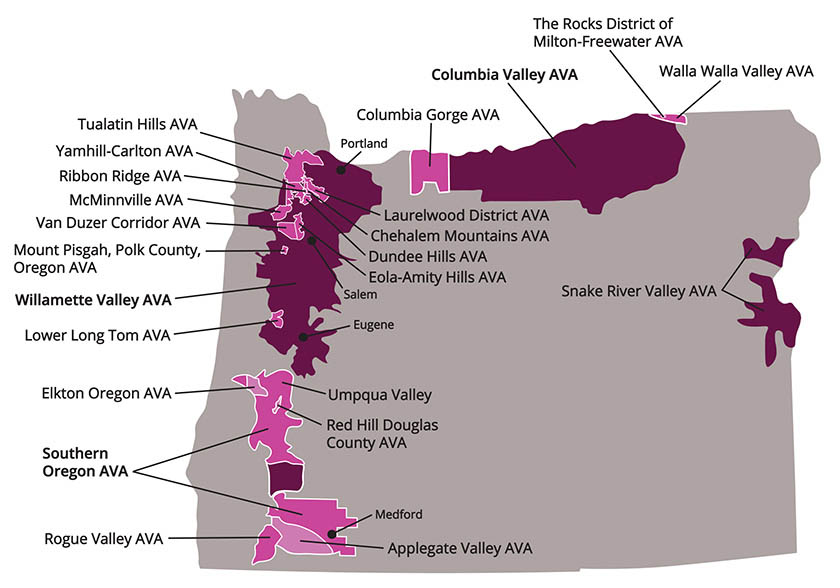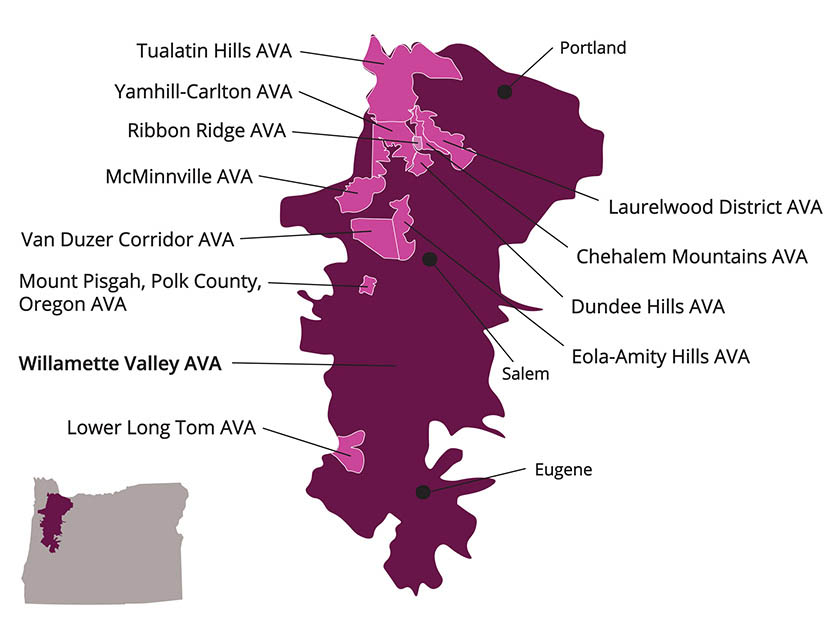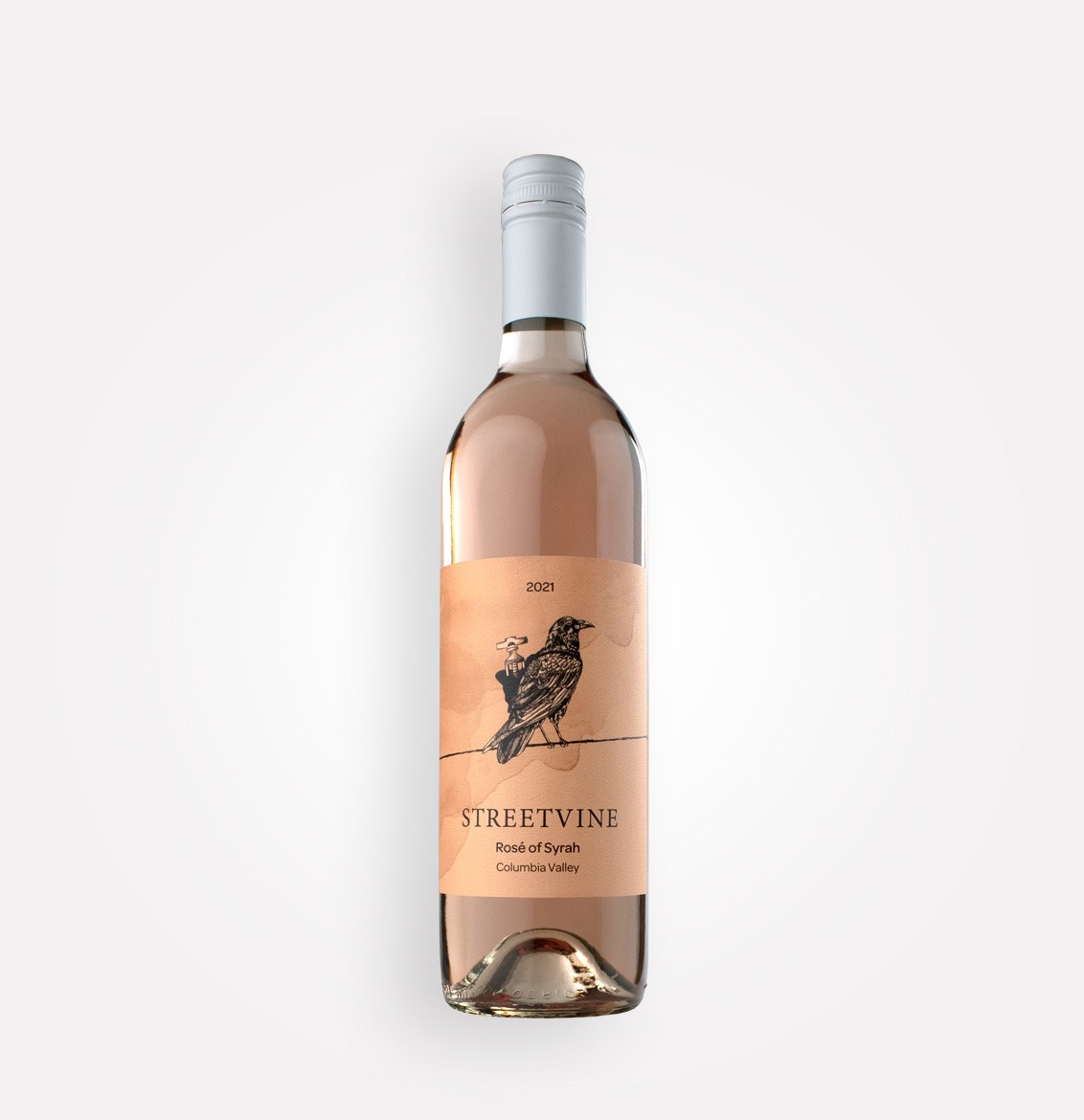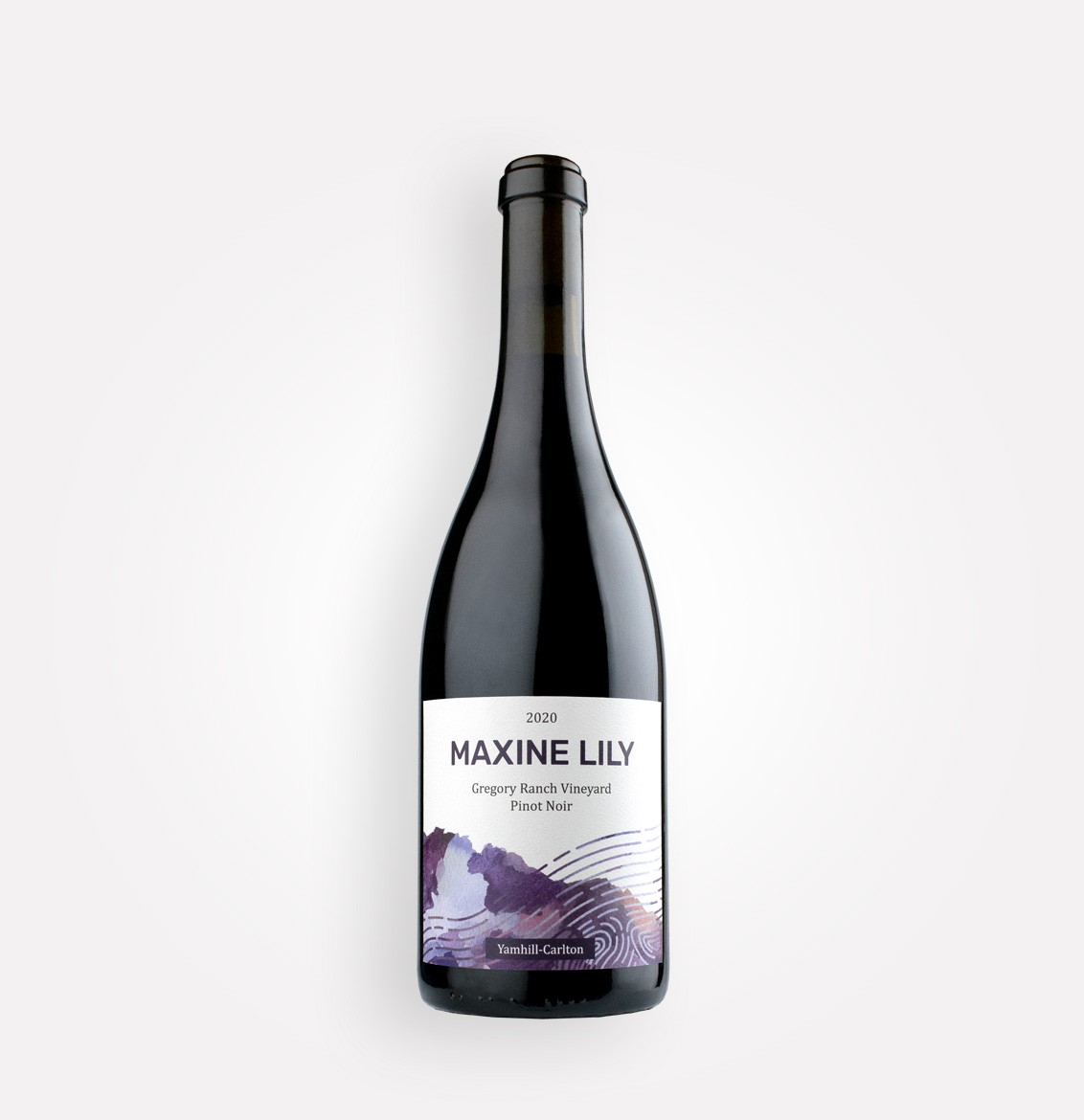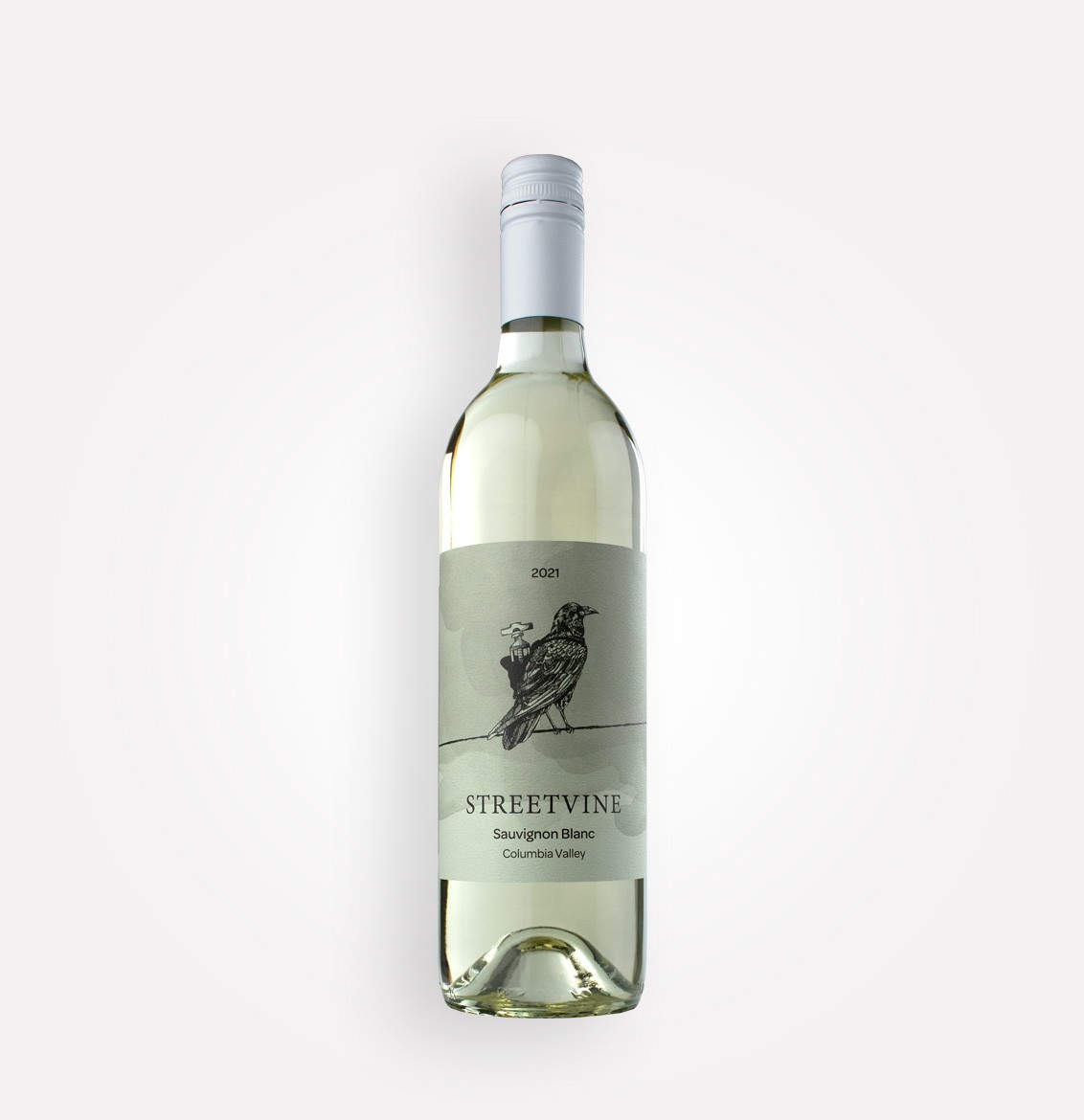Understanding how Oregon and Bourgogne wines are similar yet different
Wines from Oregon’s Willamette Valley are often described as having a Burgundian character. The roots of this association go back to the late 1980s with the founding of Domaine Drouhin after Robert Drouhin became enthralled with the area on an earlier visit. (Perhaps spurred on by the stunning finish of Oregon Pinot Noir in the Gault – Millau Wine Olympiad.) Since then, the relationship between Oregon and Bourgogne wines has flourished with many wineries owned or operated by the French.
The similarities between Oregon and Bourgogne wines
There are similarities between the Willamette Valley and Bourgogne, including a cool climate that allows dry farming, similar topography, vineyard development on small parcels with unique geology, and well-drained soils planted with Burgundian clones to Burgundian density.
While Oregon hasn’t experienced the sandal slap of vine toting Roman Legions or benefited from centuries of noodling by monastic orders pondering soil, drink, and the Divine, Burgundian techniques’ application has led to Pinot Noir and Chardonnay wines crafted with an Oregonian sense of place.
The differences between Oregon and Bourgogne wines
Within the similarities, there are differences, however, and there should be. The Burgundian concept of “Terroir” unites natural elements of climate, soil, and slope with select varietals (Pinot Noir and Chardonnay) and human expertise to make wines that express the qualities of place.
The multiple limestones, marls, and calcareous debris on the fault margins of the Saone Graben define a place like no other and lead to exquisite expression of terroir across Bourgogne. The combination of continental and oceanic crust, marine sedimentary rock, glacial flood deposits, and wind-blown loess present a very different but compelling “place” in Oregon.
The white wines of Bourgogne are predominantly Chardonnay with bright acidity and mineral qualities with a savory aspect. Traveling the 140 miles of the Bourgogne region, you will first encounter leaner, fruity yet flinty, high acid of the wines of Chablis in the north, grown on limestones unique to the rest of Bourgogne. In the Cote d’Or, the white wines are more full-bodied with moderate oak treatment culminating in rich and intense wines from the grand cru vineyards of Montrachet in the Cote de Beaune. Further south compelling and engaging wines in the Cote Chalonnaise and Maconnais offer great values to Chardonnay lovers.
Though not as prominent as Pinot Noir, Chardonnay is a part of many Willamette Valley AVAs vineyards. The wines typically have more fruit and body yet retain their acidity. Rich aromas and flavors of lemon or citrus, pear, wet stone, and stone fruits, with restrained oak application, produce delightful and substantial wines.
Burgundian Pinot Noir varies from the intense fruit aromas, spice, powerful yet balanced wines of Gevrey-Chambertin to the elegance and finesse of Chambolle – Musigny to the rich red wines of Corton.
The Willamette Valley offers an excellent range of styles of expressive Pinot Noir to explore. Typically darker and more extracted, with rich fruit, great acidity, earthy with more tannin and oak.
Oregon’s oldest AVA is the Dundee Hills in the north Willamette Valley. Noted for its unique basalt-derived Red Jory Soils and enjoying protection on three sides from mountains develops bright wines with spicy red cherry and raspberry flavors with softer acids and silky tannin.
The McMinnville AVA, in contrast, sees cooling winds that thicken the grape skins. Thin topsoil is derived from glacial and basaltic materials yielding dark, intense, and powerful wines.
Do we need a New Bourgogne? Having had the extreme pleasure of traveling there, I would say no, so let’s celebrate and enjoy wines from both!

